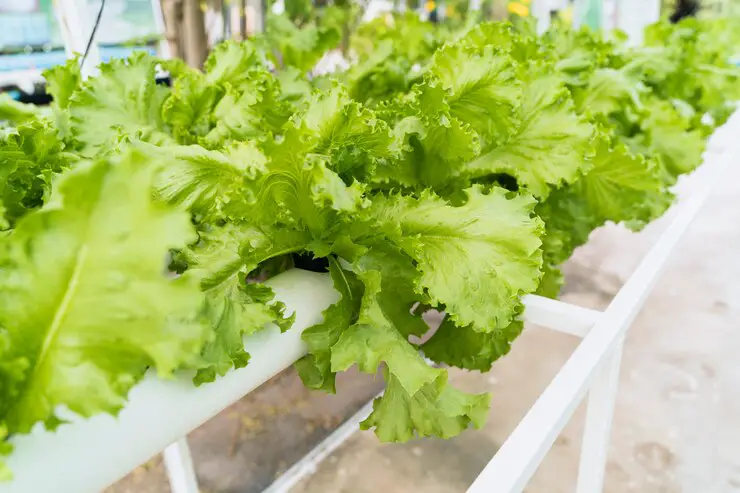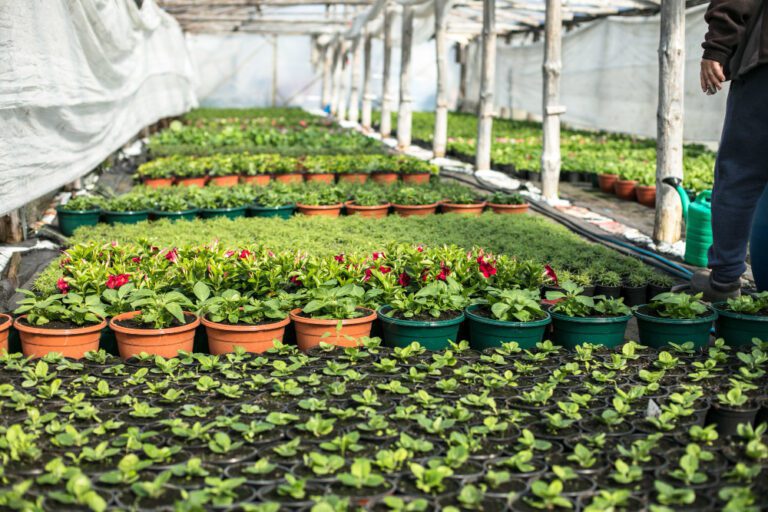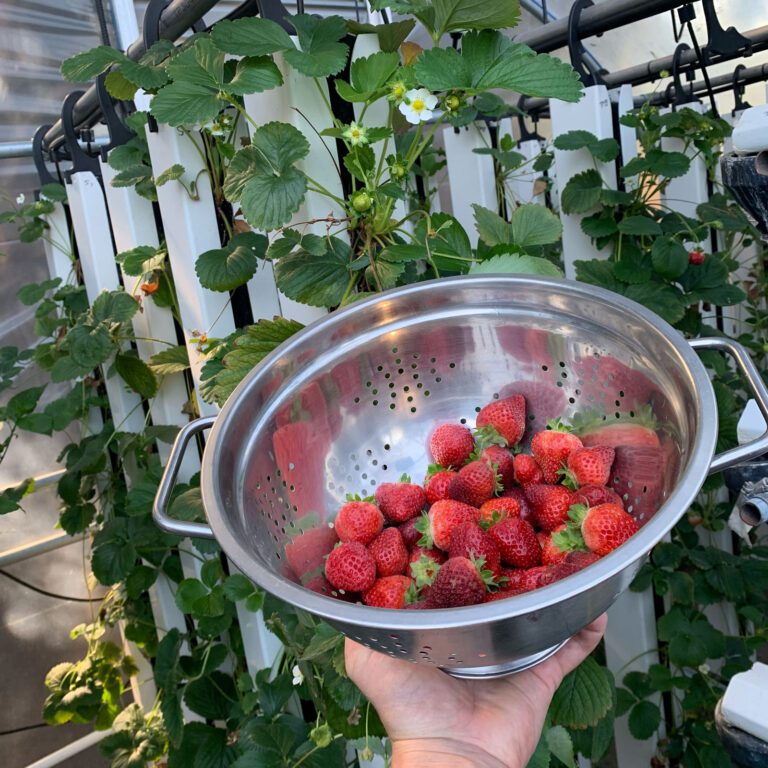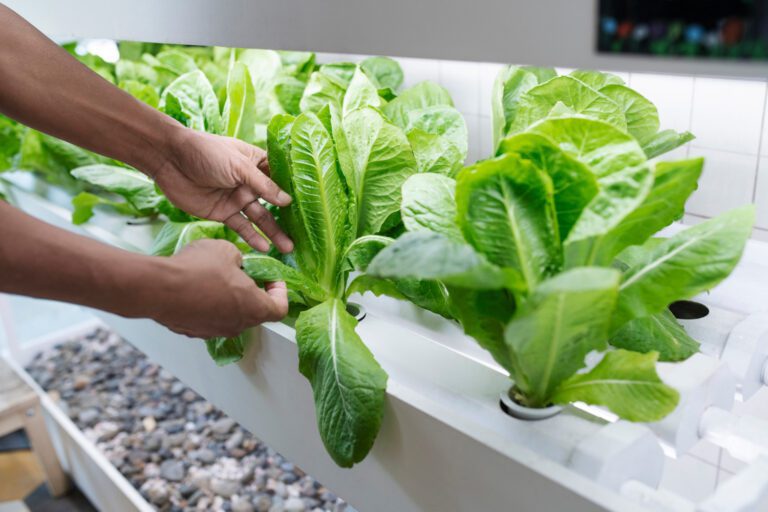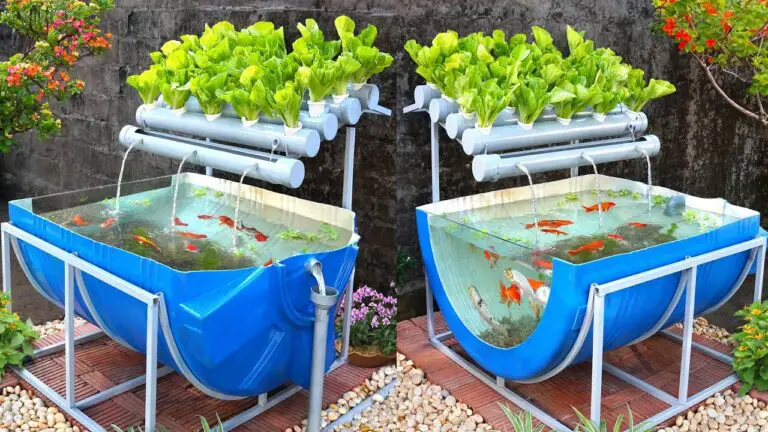How to Prevent Tip Burns in Hydroponic Lettuces: A Simple Solution
Regularly Inspecting Lettuce Plants for Early Signs of Tip Burns
Inspecting lettuce plants regularly for early signs of tip burns is essential for maintaining the health and productivity of your crop. Tip burn, characterized by the browning and necrosis of the leaf edges, can significantly reduce the quality and market value of lettuce. By promptly identifying and addressing this issue, you can prevent further damage and ensure a successful harvest.
To effectively inspect for tip burns, begin by closely examining the outermost leaves of your lettuce plants. Look for any discoloration or wilting at the tips, as these are early indicators of tip burns. Take note of any patterns or recurring instances of this condition across your crop, as this can help identify potential underlying causes. It is also important to inspect the inner leaves, as tip burn may progress from the outer leaves inward.
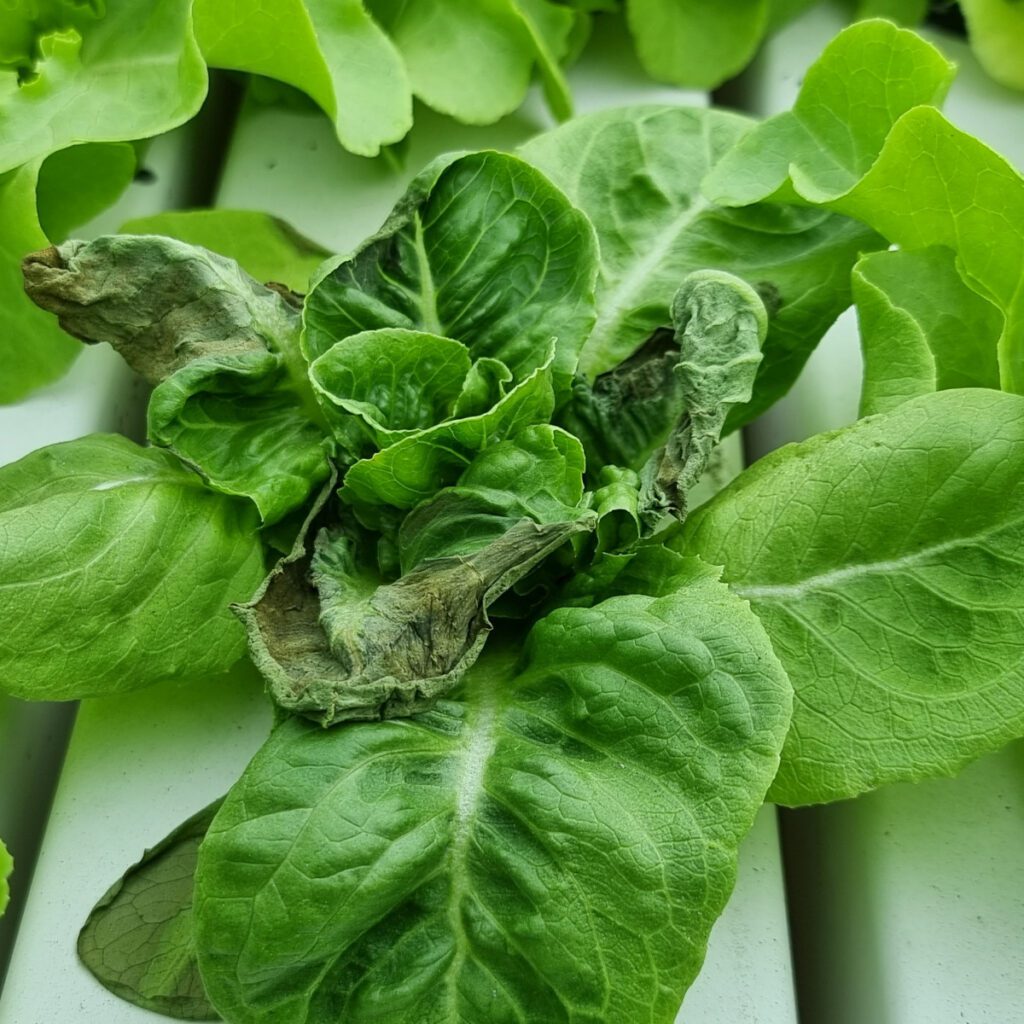
As you inspect your lettuce plants, pay attention to environmental factors that may contribute to tip burn development. High temperatures, low humidity, and excessive exposure to sunlight are common culprits. Additionally, inadequate nutrient levels, particularly calcium, can also lead to tip burn. Understanding these contributing factors will enable you to implement preventive measures effectively.
• Closely examine the outermost leaves for discoloration or wilting at the tips
• Take note of any patterns or recurring instances of tip burn across your crop
• Inspect the inner leaves, as tip burn may progress from the outer leaves inward
• Pay attention to environmental factors such as high temperatures, low humidity, and excessive sunlight exposure
• Consider inadequate nutrient levels, particularly calcium, as a potential cause of tip burn
• Implement preventive measures based on your understanding of contributing factors
Implementing Preventive Measures Against Bacterial and Fungal Infections
Bacterial and fungal infections pose a significant threat to lettuce plants, often resulting in decreased yield and quality. To ensure the health and productivity of your lettuce crop, it is crucial to implement preventive measures against these harmful pathogens. By proactively protecting your plants, you can minimize the risk of infection and optimize your harvest.
One effective preventive measure is practicing proper sanitation. This includes regularly disinfecting all gardening tools and equipment to eliminate any potential sources of contamination. Additionally, ensuring that your gardening area is free from debris and weeds can help reduce the number of hiding places for unwanted pests and pathogens. By maintaining a clean and hygienic environment, you create an inhospitable habitat for bacteria and fungi, thus significantly reducing the chances of infection.
Another essential preventive measure is promoting good airflow and ventilation. Adequate air circulation not only helps in maintaining a healthy environment for your lettuce plants but also helps to prevent the buildup of moisture, which can be a breeding ground for harmful pathogens. Consider spacing your plants appropriately to allow for proper airflow, and avoid overcrowding, as it can promote the spread of infections. Moreover, you can strategically position fans or install ventilation systems to improve air circulation and reduce humidity levels in your growing area. By creating an optimal growing environment that discourages the growth and proliferation of bacteria and fungi, you can protect your lettuce plants from potential infections.
Implementing these preventive measures can provide a solid foundation for disease control in lettuce plants. However, it is essential to remember that each growing environment is unique and may require tailored solutions. In the following sections, we will explore additional preventive measures and specific strategies for combating bacterial and fungal infections. Stay tuned to discover effective approaches to safeguarding the health and vitality of your lettuce crop.
• Practicing proper sanitation by regularly disinfecting gardening tools and equipment
• Keeping the gardening area free from debris and weeds to reduce hiding places for pests and pathogens
• Promoting good airflow and ventilation to prevent moisture buildup, a breeding ground for harmful pathogens
• Spacing plants appropriately to allow for proper airflow and avoiding overcrowding
• Using fans or installing ventilation systems to improve air circulation and reduce humidity levels in the growing area
Implementing these preventive measures can create an inhospitable environment for bacteria and fungi, reducing the risk of infection in lettuce plants. However, it is important to customize these measures based on the unique characteristics of each growing environment. In the next sections, we will explore additional preventive measures and specific strategies that can effectively protect your lettuce crop against bacterial and fungal infections. Stay tuned for valuable insights on safeguarding the health and vitality of your lettuce plants.
Watch this video to know more about hydroponic lettuce burn and its prevention.
What are the early signs of tip burns in lettuce plants?
Early signs of tip burns in lettuce plants can include browning or blackening of the leaf tips, wilting, and overall poor plant growth.
How often should lettuce plants be inspected for early signs of tip burns?
Lettuce plants should be regularly inspected for early signs of tip burns at least once a week to catch any issues early on.
What preventive measures can be taken against bacterial and fungal infections in lettuce plants?
Some preventive measures against bacterial and fungal infections in lettuce plants include maintaining proper sanitation practices, providing adequate air circulation, using disease-resistant varieties, and applying appropriate fungicides or bactericides when necessary.
How can proper sanitation practices help prevent bacterial and fungal infections in lettuce plants?
Proper sanitation practices, such as regularly cleaning tools and equipment, removing and disposing of infected plant material, and practicing crop rotation, can help reduce the risk of bacterial and fungal infections in lettuce plants.
What is the importance of adequate air circulation in preventing bacterial and fungal infections in lettuce plants?
Adequate air circulation is essential in preventing bacterial and fungal infections in lettuce plants as it helps to reduce humidity levels, discouraging the growth and spread of pathogens.
Are there lettuce varieties that are more resistant to bacterial and fungal infections?
Yes, some lettuce varieties are bred to be more resistant to bacterial and fungal infections. It is advisable to choose these varieties to minimize the risk of infections.
When should fungicides or bactericides be applied to lettuce plants?
Fungicides or bactericides should be applied to lettuce plants when there is a confirmed or suspected presence of bacterial or fungal infections, following the instructions provided by the manufacturer.
Are there any organic alternatives to synthetic fungicides or bactericides for lettuce plants?
Yes, there are organic alternatives available for controlling bacterial and fungal infections in lettuce plants, such as copper-based products or biopesticides. These can be used as an alternative to synthetic chemicals, adhering to organic farming practices.
Can bacterial and fungal infections in lettuce plants be transmitted to humans?
While some bacterial and fungal infections may affect lettuce plants, they generally do not pose a direct risk to humans. However, it is important to handle and consume lettuce that is free from any visible signs of infection for food safety reasons.

